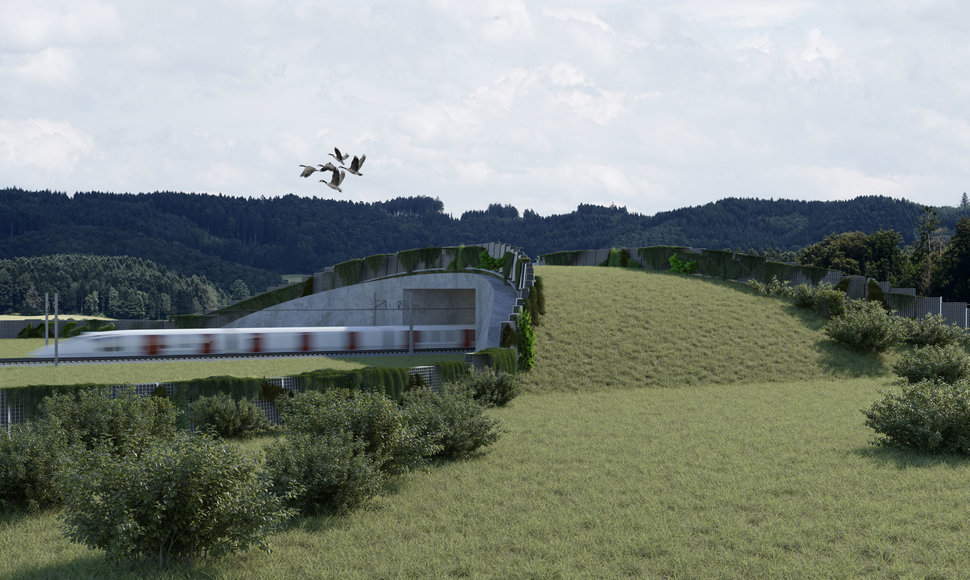Furthermore, farmers will still be allowed to declare crops to the National Payment Agency and receive pay-outs. Temporary land use permits will be issued by the National Land Service (NŽT) territorial branches.
The land users have also been informed that testing will be done in all land areas repurchased for public use, however, the implementers of the special state importance project Rail Baltica will seek to perform potential testing and area surveying responsibly, causing as little as possible interference with agricultural activities, which will be temporarily performed in state land, permitted as per NŽT territorial branch heads.
Currently, land repurchase document signing procedures are ongoing for land repurchase for the public need for local significance road building and reconstruction in relation to the European standard gauge railway line Rail Baltica stretch Kaunas – Lithuanian-Latvian border.
During this stage of land repurchase for the public need, it is planned to repurchase some 1,200 plots of land, totalling around 380 hectares of land, with approximately 20% of it being forested, while the rest – mostly agricultural land.
This is the second stage of land repurchase for the public need, based on which land is repurchased for Rail Baltica. For laying down the Rail Baltica railway itself, 1,345 plots of land have been repurchased for public use in Panevėžys, Pasvalys, Kaunas, Jonava and Kėdainiai regions. Approximately a quarter of this land is forested, while 187 hectares is state land. The procedures of land repurchase for the public need for the main railway line have already been concluded; the last remaining legal formalities are being resolved.
The procedures for land repurchase for the public need for Rail Baltica related roads are to be completed by late 2020.
Rail Baltica is the largest railway infrastructure construction project in the Baltic States’ history. In its implementation, across the entire Rail Baltica route, an electrified 1435 mm two-way gauge railway will be laid down. The construction works for the project, valued at around 5.8 billion euro, are the largest investment, aimed at improving mobility and travel opportunities, develop business, tourism and goods exchange in the region.
The combined length of Rail Baltica across the three Baltic States is 870km: 392 in Lithuania, 265 in Latvia and 213 in Estonia. In Lithuania, the European rail travels from the Polish-Lithuanian border through Kaunas and Panevėžys, passing through Riga in Latvia, Pärnu and Tallinn in Estonia. The Kaunas-Vilnius stretch is an integral part of the Rail Baltica project.
Lithuania completed the first stage of the Rail Baltica project in 2015 – a European gauge railway line was laid down from the Polish-Lithuanian border to Kaunas. During this stage, 123km of European standard international rail was laid down, over which passenger trains travel between Kaunas and Bialystok. In the future, this stretch is to be modernised so that passenger trains can travel at a maximum speed of 249 km/h as in the rest of Rail Baltica.
Currently, construction works for Rail Baltica are ongoing in the Kaunas railway hub. Upon their completion, freight trains will be able to travel from Kaunas to Poland and onward to Western Europe.
AB Lietuvos Geležinkelių Infrastruktūra is the implementer of the Rail Baltica project in Lithuania, responsible for the construction of European rail infrastructure in the country.












